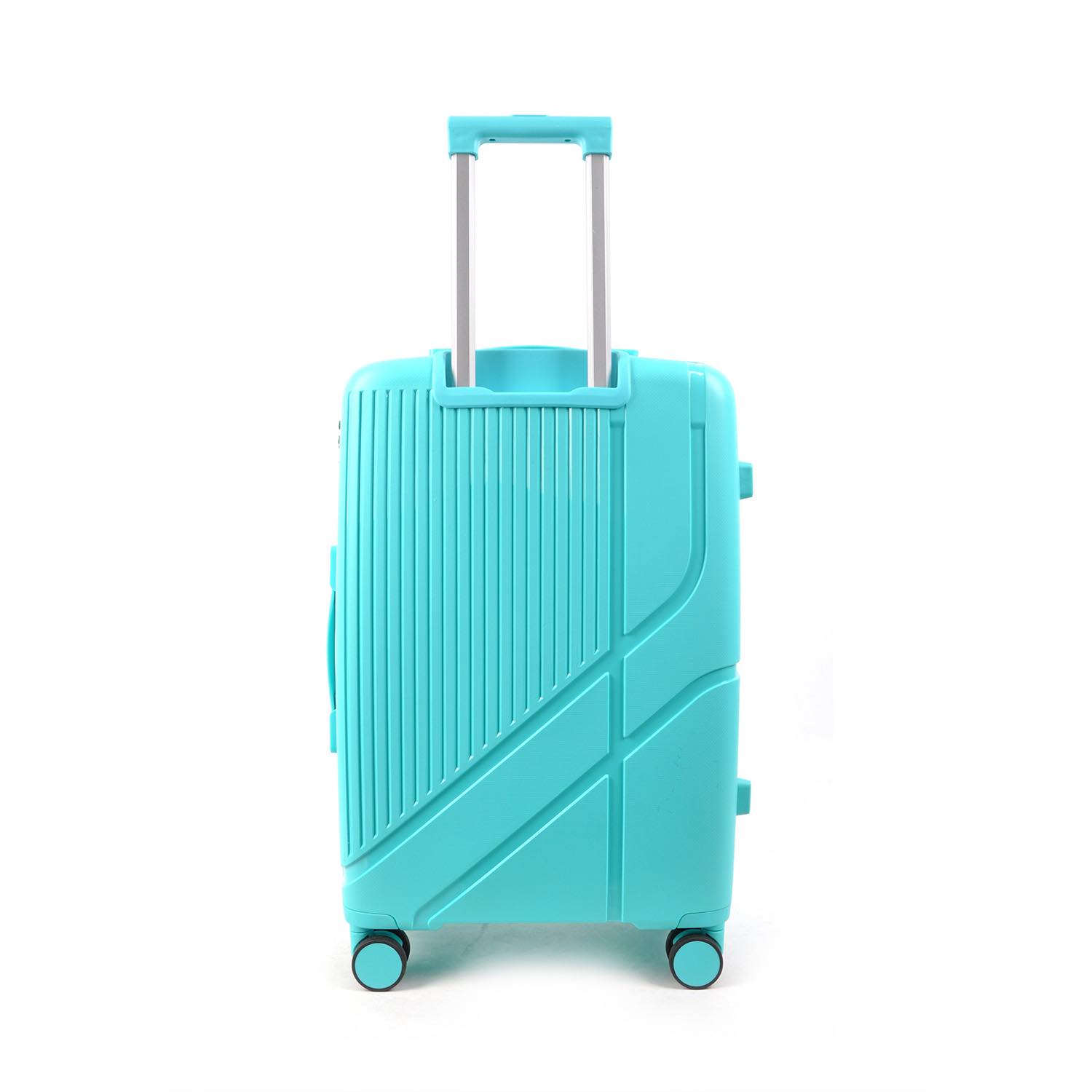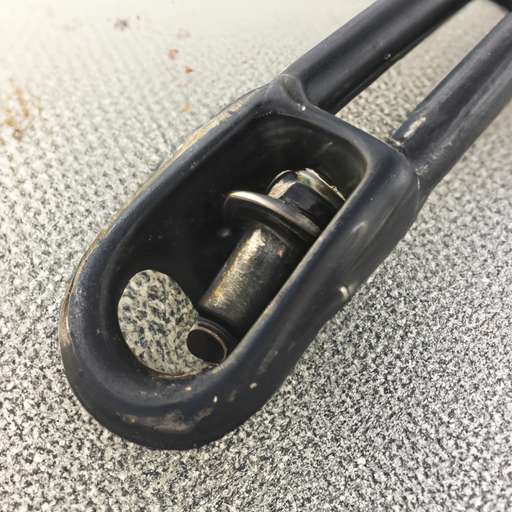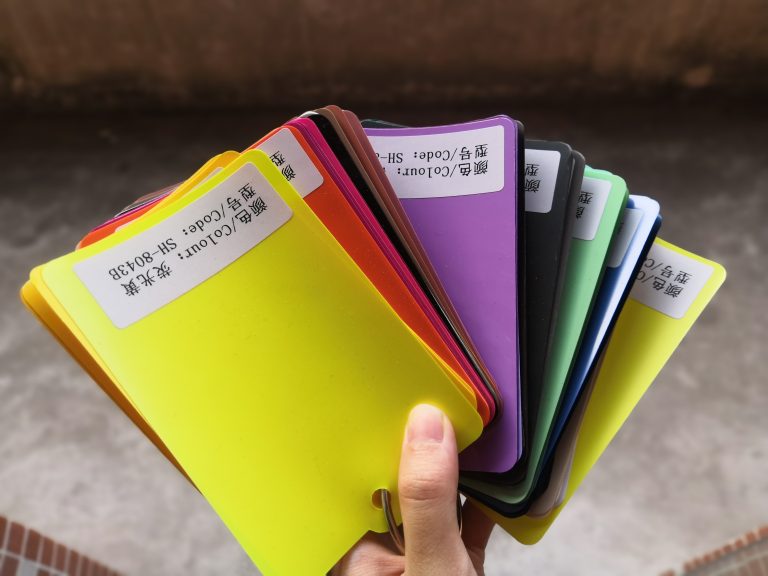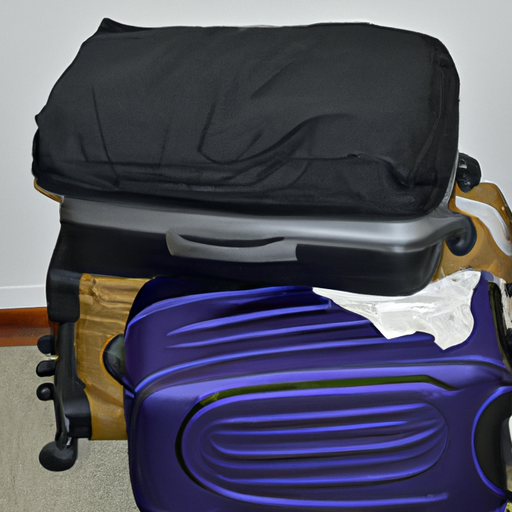Polypropylene (PP) luggage has gained popularity in recent years due to its lightweight nature, water-resistant properties, and modern aesthetic. However, like any material, it comes with its own set of limitations. If you’re considering investing in a PP suitcase, it’s essential to weigh its downsides against its benefits. In this article, we’ll explore the key disadvantages of polypropylene luggage to help you make an informed decision.
Aesthetic Wear and Tear
PP luggage is often praised for its glossy, scratch-resistant finish. However, over time, surface scuffs and scratches can become noticeable, particularly in darker colors. While these marks don’t affect functionality, they can make the suitcase look worn faster than textured or patterned materials. For travelers who prioritize long-term aesthetics, this may be a concern.
1. Limited Color and Design Options
Compared to polycarbonate or fabric luggage, PP suitcases often come in fewer color variations and designs. The manufacturing process for polypropylene makes it harder to achieve vibrant hues or intricate patterns. If personalization or bold aesthetics matters to you, PP luggage might feel limiting.
2. Temperature Sensitivity
Polypropylene can become brittle in extremely cold temperatures and may soften or warp in high heat. While this isn’t an issue for most trips, travelers visiting destinations with extreme climates (e.g., skiing trips or desert tours) should be cautious. Prolonged exposure to heat, such as leaving the suitcase in a hot car, could potentially deform the shell.
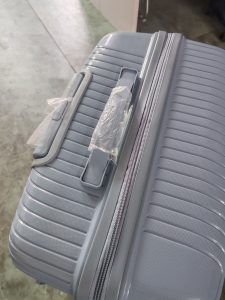
3. Higher Cost for Premium Brands
While PP is generally affordable, premium brands often market PP luggage at higher price points comparable to polycarbonate options. This can create confusion for buyers, as polycarbonate typically offers better impact resistance and flexibility at similar prices. Budget-conscious shoppers might find better value in other materials unless PP’s specific benefits (e.g., water resistance) are a priority.
4. Difficulty in Repairs
If a PP suitcase cracks or breaks, repairs are rarely straightforward. Unlike fabric luggage that can be patched or stitched, PP requires specialized tools and adhesives for fixes, which are often temporary. In many cases, significant damage may necessitate replacing the entire shell or the suitcase itself.
5. Environmental Concerns
While polypropylene is recyclable, the reality is that most PP luggage ends up in landfills due to limited recycling infrastructure for large plastic items. Eco-conscious travelers might prefer materials like recycled polycarbonate or organic fabrics, which have a smaller environmental footprint.
6. Easier to Dirty
Due to the characteristics of PP material, the PP suitcase will generate static electricity and it is easier to absorb dust, so the PP material will be easier to become dirty, and friends who like to clean the purchase of suitcases may need to clean the outside of the suitcase to keep it clean

Conclusion: Is PP Luggage Right for You?
PP luggage excels in water resistance, structure, and affordability, making it a solid choice for casual travelers or short trips. However, its drawbacks—weight, brittleness, and repair challenges—may deter frequent flyers or those needing rugged, long-lasting gear.All in all, PP luggage is becoming more and more popular due to their full color design and its low price, but we still need to pay attention to its shortcomings and buy according to demand
